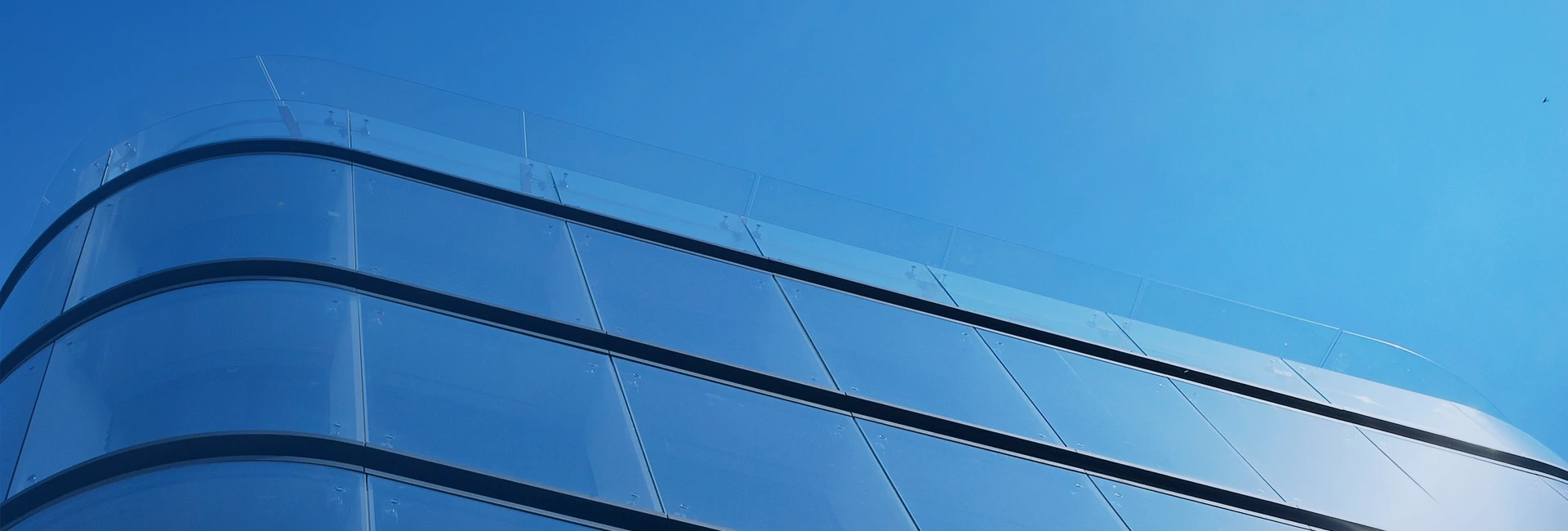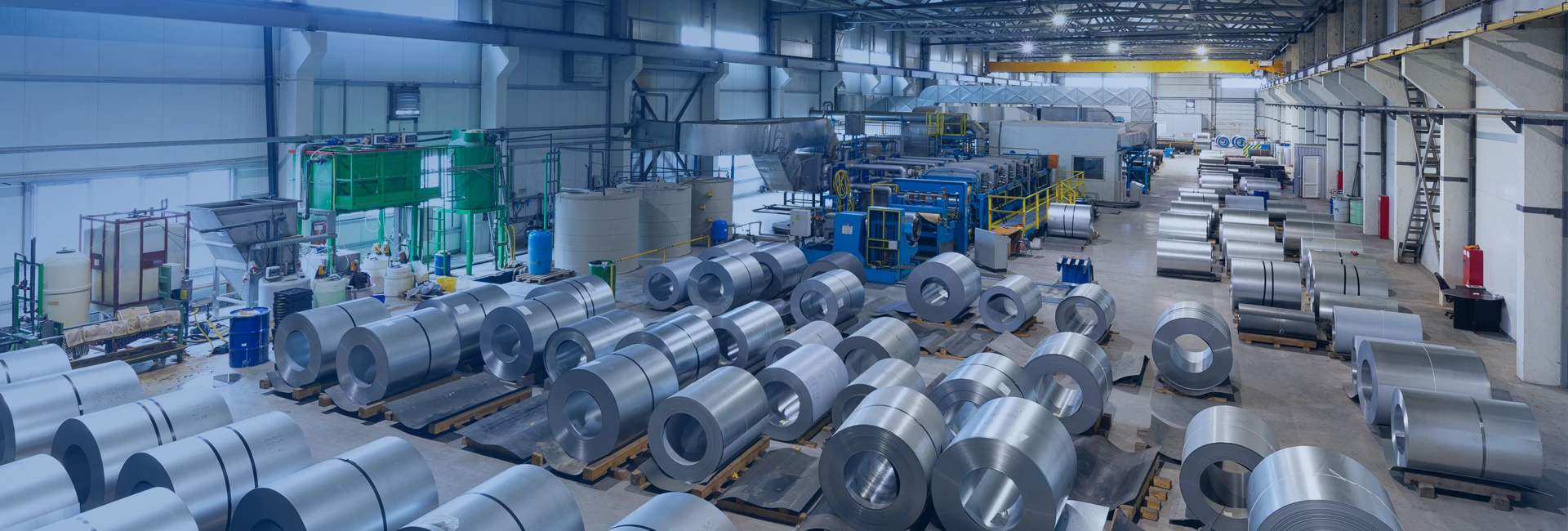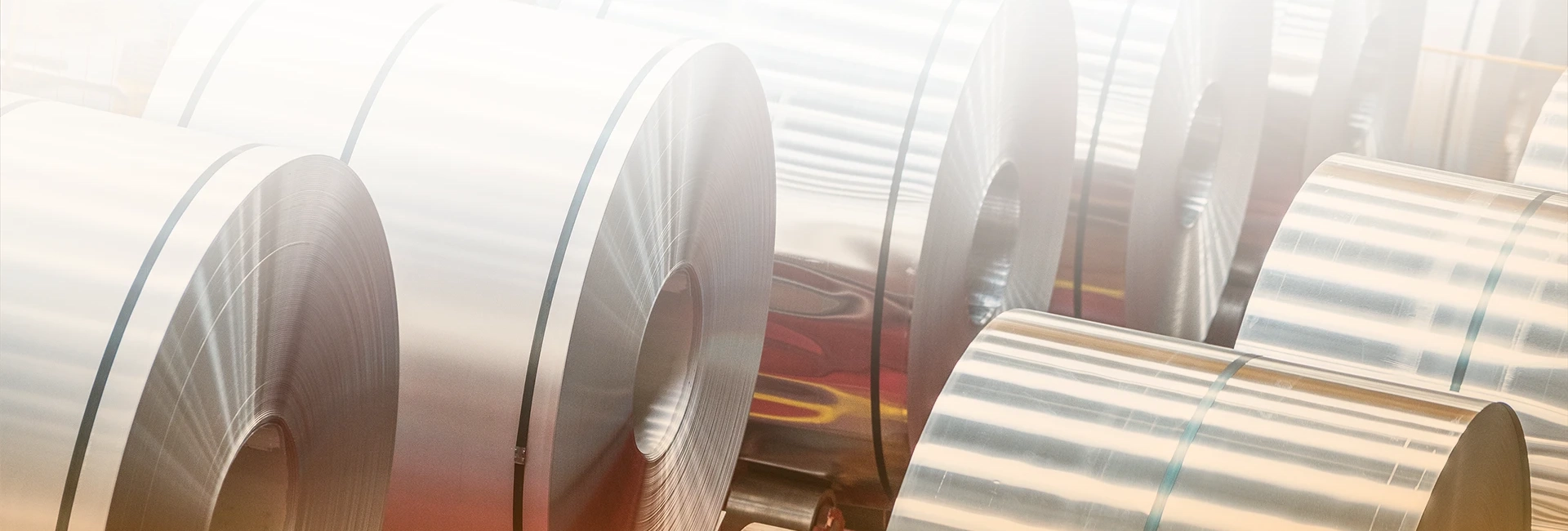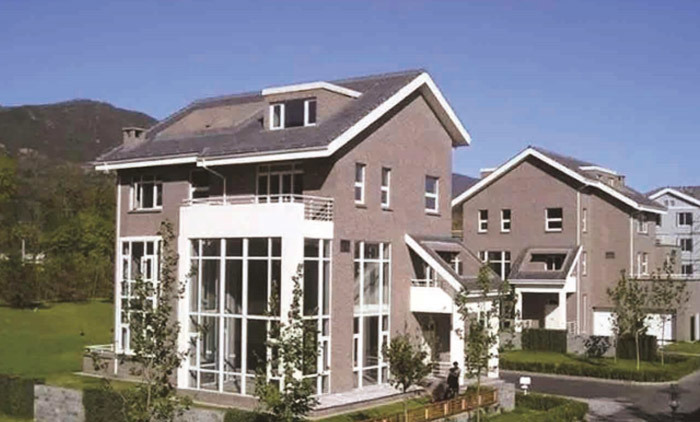
How to use the nano anti-corrosion heat insulation board and application areas
Nano anti-corrosion heat insulation board is made of lightweight inorganic nano-SiO2 and ceramic fiber with low thermal conductivity. It adopts aluminum foil with high thermal conductivity as the lower material, and adopts single-layer composite structure, which has higher thermal conductivity than static air. With small volume, the adiabatic performance is about 4 to 6 times higher than the traditional adiabatic material, which is an excellent adiabatic material.
Nano thermal insulation board has extremely low thermal conductivity, which can save a lot of energy compared with the conventional thermal insulation material with a pipe diameter of 150mm. Take a pipe with a temperature of 600 degrees as an example. If the thickness is only one third of the thickness of conventional mineral wool, you can save 1,400 kWh of electricity per meter of pipe per year, using the full length of the pipe. At 1,000 meters, you could save about 1.4 million kWh of energy per year.
1. Reduced insulation thickness.
Since it is possible to significantly reduce the thickness of the thermal layer, it is possible to miniaturize the insulation and increase the size of the unit.
2. Reduction of heat storage
By reducing the amount of heat stored in the insulation layer, the heating time of the furnace is significantly shortened, which not only saves energy, but also improves productivity and the convenience of temperature control with nanoporous insulation materials.
3. Reduced heat dissipation
Through the use of thinner nanoporous insulation materials, an insulating effect can be obtained, reducing the surface area for heat dissipation and significantly reducing heat loss. As a result, furnace surface temperatures can be reduced and the working environment improved.
4. Temperature homogenization
The effect of reduced heat loss allows for greater temperature homogenization, resulting in more uniform temperatures of the metal solution, glass solution and heat-treated products in the furnace, thus improving product quality.
Application areas:
Metallurgy: steel ladle, ladle, intermediate ladle, converter, torpedo tank.
Machinery: industrial furnace, electric furnace, furnace door, furnace cover.
Automobile: engine heat shield, catalyst exhaust pipe.
Petrochemical: decomposition furnace, reformer, heating furnace.
Electric power: boiler, turbine, piping.
Building materials: ceramic furnace, rotary furnace.
RELATED INFORMATION
Shandong Taihui New Material Science and Technology Co., Ltd. was awarded the Digital Outbound Global Excellent Partner
Introduction to the advantages and uses of fluorocarbon coated colored aluminum coil
Coated aluminum coil, color coated aluminum coil, 3004 aluminum-magnesium-manganese color coated aluminum coil, color coated aluminum coil aluminum strip, color coated aluminum strip, color aluminum strip and so on.
Company news
-
Shandong Taihui New Material Science and Technology Co., Ltd. was awarded the Digital Outbound Global Excellent Partner
Time:2025-02-20
-
Introduction to the advantages and uses of fluorocarbon coated colored aluminum coil
Time:2024-01-23
-
What are the reasons affecting the service life of nano anti-corrosion heat insulation boards?
Time:2024-01-23
-
How to use the nano anti-corrosion heat insulation board and application areas
Time:2024-01-23
-
What is the detailed construction method of nano anti-corrosion heat insulation boards
Time:2024-01-23
-
Teach you how to distinguish between good and bad quality of color coated sheet?
Time:2024-01-23
-
Color coated panels - a wide range of applications
Time:2024-01-23
Industry news
-
Why chrome-free switching for color coated plate production
Time:2024-01-23
-
Fire danger and preventive measures of color steel plate building
Time:2024-01-23
-
Comparison between aluminum-magnesium manganese alloy roof panel and color steel plate
Time:2024-01-23
-
Color steel plate purification decoration project construction methods and requirements
Time:2024-01-23


















